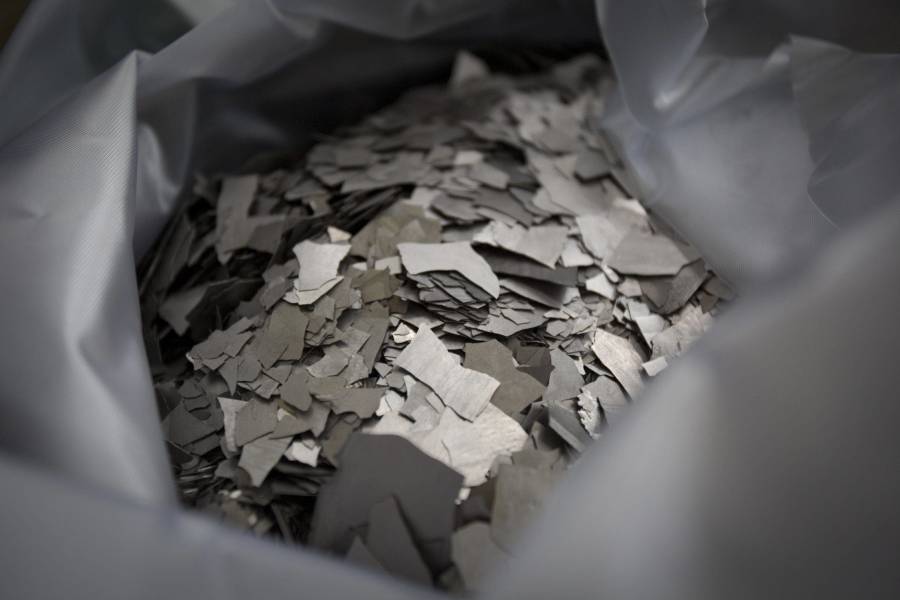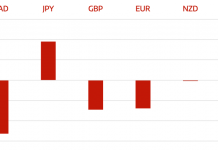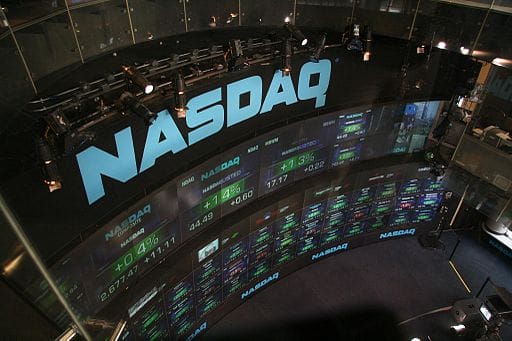The Biden Administration and a slew of Republican politicians are pushing to re-start a domestic, rare-earth elements supply-chain that has been dormant for decades. This is could be excellent news for investors interested in technology and mining sectors.
“People often underestimate how intertwined tech and rare-earths are with each other,’ said Sheldon Inwentash, CEO and Founder of ThreeD Capital, a company that has experience in several rare-earth mining operations.
The world is in a quandary when it comes to obtaining rare-earth elements as the People’s Republic of China dominates the market. They produce 80% of all rare-earths and also 90% of all rare-earth magnets, which are crucial to several technological industries. Many, including the U.S Government, view the international reliance on China’s rare-earths as a national security problem, and a potential future choke-point for the United States’ high-tech supply chain.
This is not simply an imaginary threat: In 2010, China cut off rare-earth exports to Japan over a fishing trawler incident, placing several sectors in economic jeopardy. Having already played that hand, China has shown that under the right conditions, what happened to Japan could happen to any of its trading partners.
Neodymium-iron-boron magnets are found in nearly every piece of modern day technology, from hard drives to cell phone components, generators, electric motors (including the motors that power the vehicles being produced by the ever-expanding electric automobile industry), and medical devices. Yet, the U.S. doesn’t produce any of the rare-earth magnets or any sizable quantity of the 17 elements that comprise the REE group even though rare-earth elements are not actually rare.
Representative Eric Swalwell (D-CA) and Representative Guy Reschenthaler (R-PA), who launched the Congressional Critical Materials Caucus in 2020, introduced The Rare Earth Magnet Manufacturing Production Tax Credit Act. If enacted, the bill would provide tax credits of up to $20 per kilogram for U.S.-made neodymium-iron boron magnets and $30 per kilogram if those magnets are made with rare-earth elements mined in U.S. mines. It is the latest move by politicians on both sides of the aisle to grow the nearly non-existent production of rare-earth elements in the U.S.
“The U.S. Government’s intense focus on domestic rare-earth mining operations is going to shake things up in the Americas … when Biden said he wanted half a million car charging stations on U.S. highways, I thought about mining operations that will be producing the elements needed for those products. There is a lot of opportunity for innovative companies to do well with The United States’ reemerging rare-element market.”
Already, USA Rare Earth has stepped forward with plans to start producing neodymium-iron-boron magnets from materials produced from its Heavy Rare Earth, Lithium and Critical Minerals Project in Texas. According to their press release, “USA Rare Earth Magnet Plant would produce approximately 17% of the current U.S. market, and would generate more than $140 million in annual sales (at 2019 prices).” Moreover, their Texas mining operation has 16 of 17 rare earths at that single facility.
Mining companies like Canadian based Auxico Resources Canada Inc., with its proprietary green solution to mining and its global experience in rare-earth elements mining operations, may find having the “green factor” will land them starring roles in the United States’ pivot towards North America-focused rare-earth mining operations.
So, what does all of this mean for the tech industry and related sectors? For investors? The simple answer: a new supply chain of rare-earth materials will feed North America’s tech industry for years to come, and help to ensure a consistent supply of those vital materials for North American industry. With mining operations growing and a domestic supply chain of rare-earths ramping up, cheaper and more sophisticated technology products can’t be too far behind.
Tradersdna is a leading digital and social media platform for traders and investors. Tradersdna offers premiere resources for trading and investing education, digital resources for personal finance, market analysis and free trading guides. More about TradersDNA Features: What Does It Take to Become an Aggressive Trader? | Everything You Need to Know About White Label Trading Software | Advantages of Automated Forex Trading









































